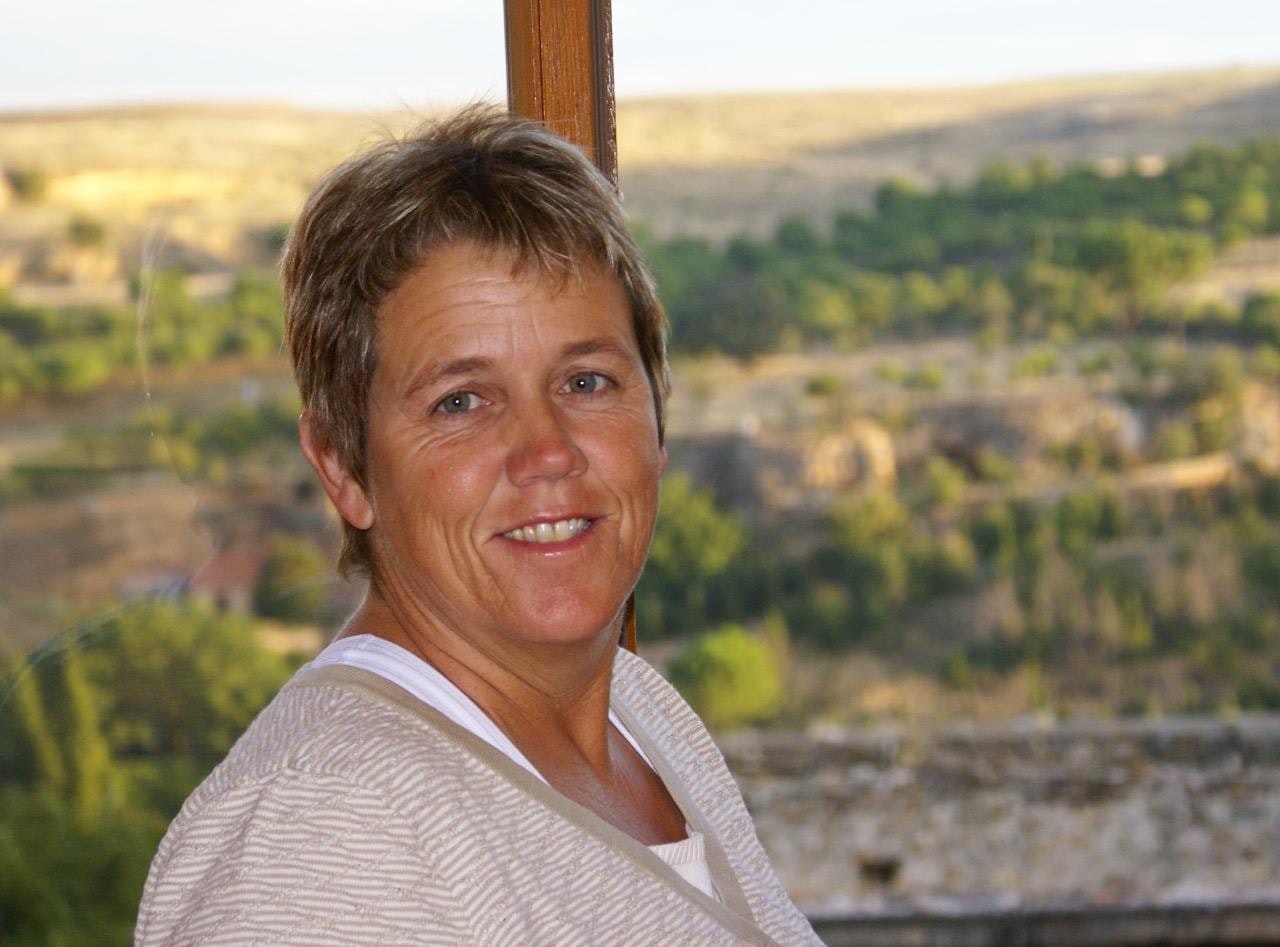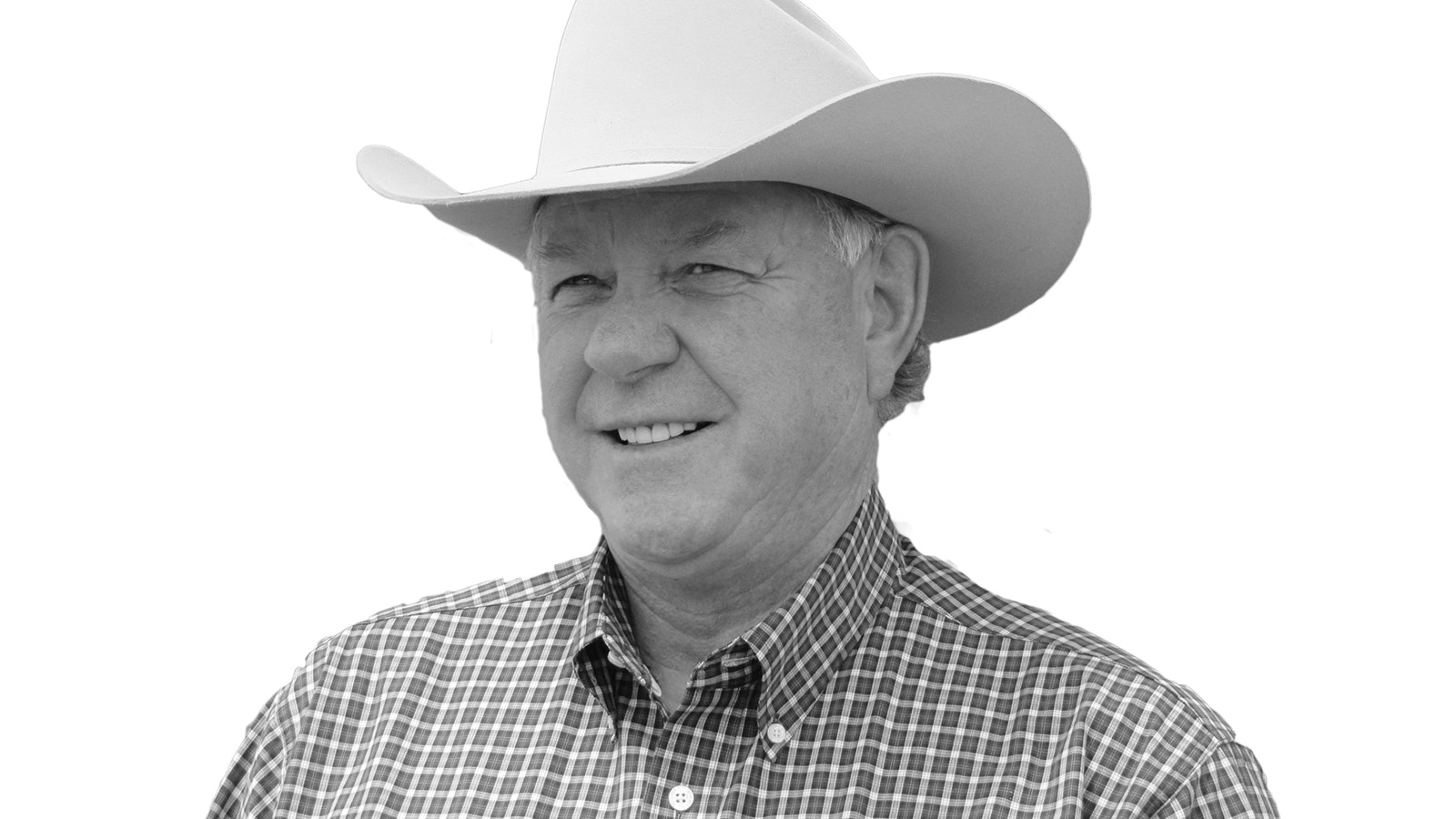With some members of the Wyoming Legislature pushing back against the "all-of-the-above" energy policy being pursued by Wyoming Gov. Mark Gordon and the Wyoming Energy Authority, it’s worth taking a look at the views of Wyoming residents on the subject.
Last September, the University of Wyoming School of Energy Resources released a report titled “Social License for Wyoming’s Energy Future: A Replication Study,” which summarizes surveys of residents conducted from 2019 through 2022. It found that Wyoming residents generally support the state’s “all-of-the-above” energy strategy.
While some members of the Legislature call it a hoax, the 2022 survey found that “a resounding 90% of respondents reported they believe climate change is happening. While more than 50% don’t believe it’s caused by humans and less than 40% do believe it’s caused by humans, very few respondents (6.3%) don’t believe climate change is happening at all.”
Respondents who identify as politically conservative were found to be more supportive of fossil-based electricity generation, while respondents who identify as politically liberal were more supportive of wind and solar energy activities, according to the report, while attitudes toward newer technologies were not related to political affiliation.
The study found: “There is a clear correlation between climate change beliefs and conventional and more established energy types: those who do not believe climate change is human caused support oil, gas, and coal related activities more; those who do believe climate change is human caused support renewable energy types.”
But the study found that on average, the amount that respondents favor almost all types of energy increased significantly between the 2019 and 2022 surveys – with the exception of wind energy, for which favor decreased. Levels of support for natural gas or rooftop solar didn’t change.
Wyoming’s energy policy, championed by Gordon and administered by the Wyoming Energy Authority (WEA) is the result of a process started by the Wyoming Legislature back in 2019, when it merged the state’s pipeline and infrastructure authorities to create the WEA.
The Legislature has frequently revisited the WEA’s authorities and responsibilities. Under current state law, WEA’s purpose is to “diversify and expand the Wyoming economy through improvements in the state's electric and energy transmission infrastructure and facilitate Wyoming's production, development and transmission of energy and associated natural resources by planning, financing, constructing, developing, acquiring, maintaining and operating electric, energy export and energy transmission facilities, advanced technology facilities for natural resources associated with energy, carbon dioxide capture and transportation infrastructure, distribution facilities and related supporting infrastructure and undivided or other interests therein.”
In summary, the Wyoming Legislature gave the WEA a huge to-do list.
State law was also amended to give WEA additional duties, including actions to expand rare earth minerals, critical minerals, trona and other mineral industries, and use of coal for nonfuel productions. That is indeed an “all-of-the-above” approach, as enacted by the Wyoming Legislature, and yes, championed by Gordon and implemented by the WEA, along with its wide array of partners in the energy industry, academia and government.
Watching from the sidelines, I’ve been stunned at the progress made by WEA in just a few short years. This approach to energy policy has resulted in Wyoming becoming an epicenter of energy innovation — as it should be.
When the energy industry talks about the importance of programs like the WEA’s Energy Matching Funds, we can look at the numbers to confirm the benefits: Wyoming’s $56 million in EMF awards leveraged more than $173 million in federal and private monies.
As the WEA’s most recent annual report states: “Luckily, Wyoming has abundant natural resources and the can-do mindset to capitalize on this challenge. From fossil fuels to world-class wind, to the largest uranium reserve in the nation, and newly discovered rare earth elements, we have it all. We have an opportunity to steer our country to a new energy future as an honest, reliable and pragmatic partner. We have an opportunity to show, not just tell, our country’s leaders and anyone else who will listen that the future of energy is a future that embraces not just one source or another. This is not an either/or solution but an everything-we-have solution.”
Sounds like a good plan to me.





